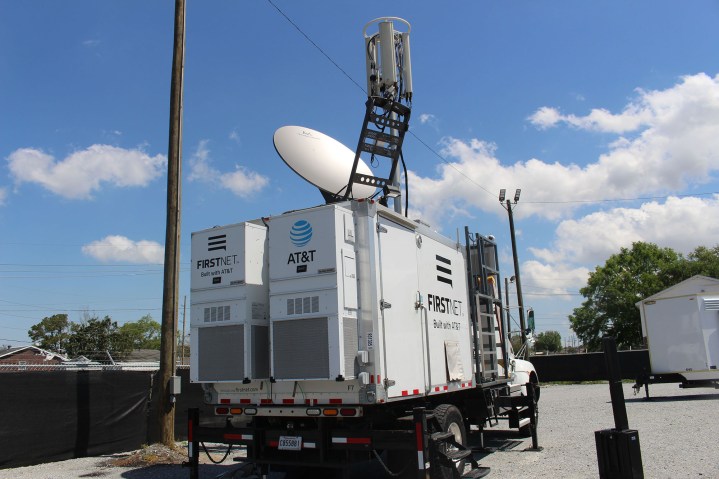Wireless smartphone plans are historically confusing and complicated — and this can be especially true when trying to mix and match different plan types. Take AT&T as an example. Ever since the carrier launched its FirstNet wireless service for first responders, families with FirstNet and regular/commercial AT&T plans have had to put up with multiple wireless plans, multiple accounts, and multiple bills. However, starting August 9, AT&T is taking big steps to reduce the headaches and make its FirstNet service offerings much easier to digest.
Created in 2001 and contracted to AT&T in 2017, FirstNet is a wireless network “built with AT&T to specifically to meet the needs of first responders.” In the event of a natural disaster, terror attack, etc., it’s not uncommon for wireless cell signals to become overloaded and disrupted. FirstNet is designed to remain up and running during such events and gives first responders “superior security, truly dedicated coverage and capacity when they need it and unique benefits they can’t get anywhere else.” While that aspect of FirstNet is great, how it’s traditionally been billed to people has been anything but.

Before today’s announcement, first responders with FirstNet service received a bill from FirstNet, while anyone getting cell service normally through AT&T got their bill from AT&T. If you’re single, that’s not a problem. But for first responders and their families with AT&T and FirstNet lines under one household, it meant having to juggle numerous accounts and bills. But no more! From August 9, families who have FirstNet and regular AT&T wireless plans will now receive a single bill under one account. First responders still have the same access to the FirstNet network that they need, but now the billing side of things is much easier to manage than it was before.
Along with the simpler billing, AT&T also says that this change should result in cheaper monthly rates for folks. Per AT&T’s data, some first responders were choosing regular AT&T plans with the 25% first responder discount instead of signing up for FirstNet. FirstNet is cheaper and offers more reliable data when it matters, but the complicated billing seems to have kept some folks away from it.
AT&T sets up a scenario of a couple — including a first responder and their partner. Previously, folks were skipping FirstNet and instead signing up for two commercial AT&T plans. With regular/commercial plans ranging from $65 to$85/month — combined with AT&T’s 25% discount for first responders — that comes out to over $110/month. But if someone signs up for a $40/month FirstNet plan and their partner gets their normal AT&T plan, their combined bill should be under $100/month. AT&T’s not changing any of its pricing, but now first responders and their families can pay that cheaper rate and get easy-to-understand billing plus the enhanced reliability that comes from FirstNet.
If that all sounds a little confusing, the main takeaway is that FirstNet will now act like any other AT&T plan from a billing perspective. It has the same enhanced network connectivity that first responders need, but it’s no longer siloed off with its own account and bill.



